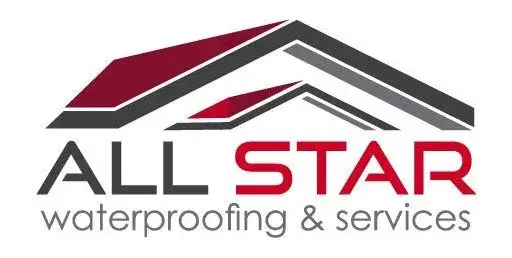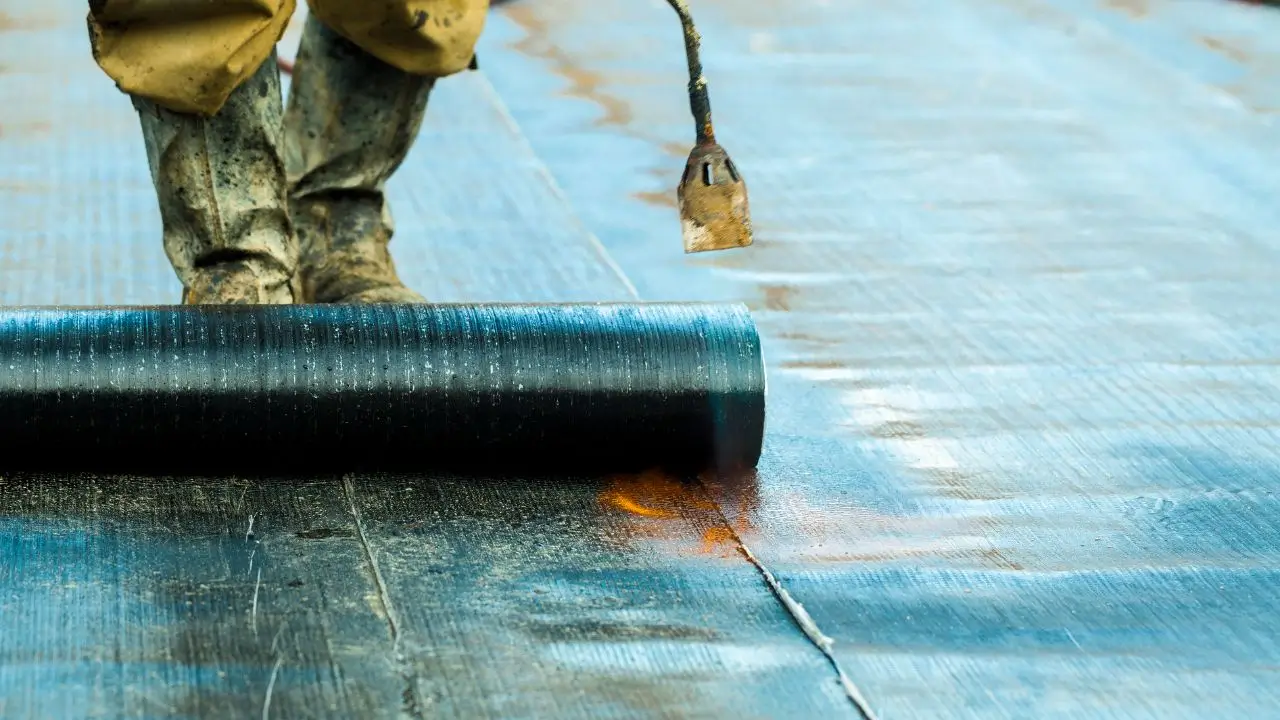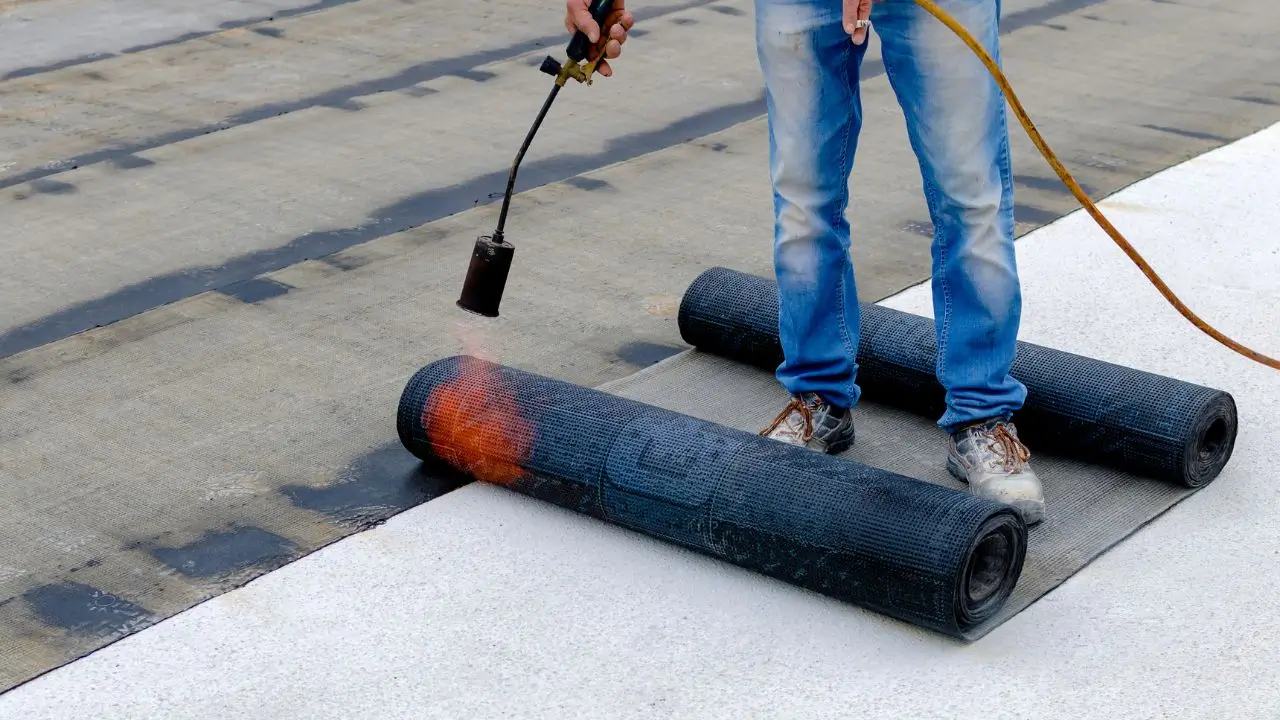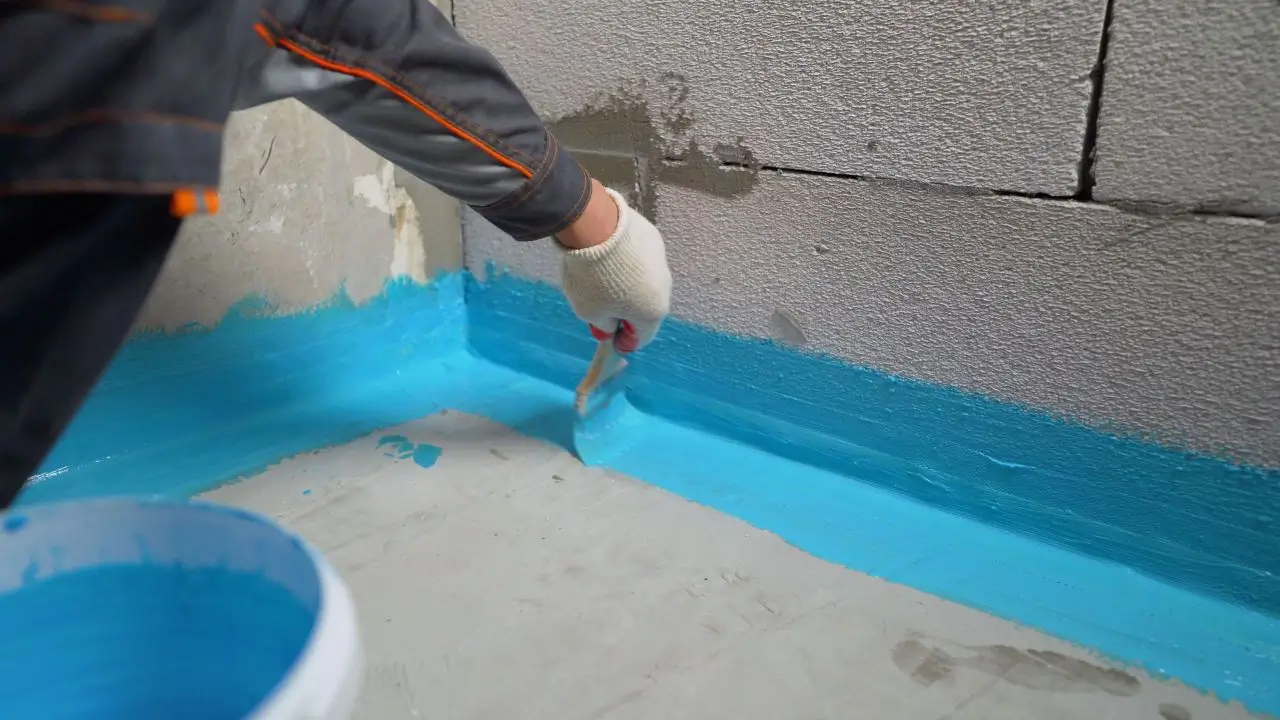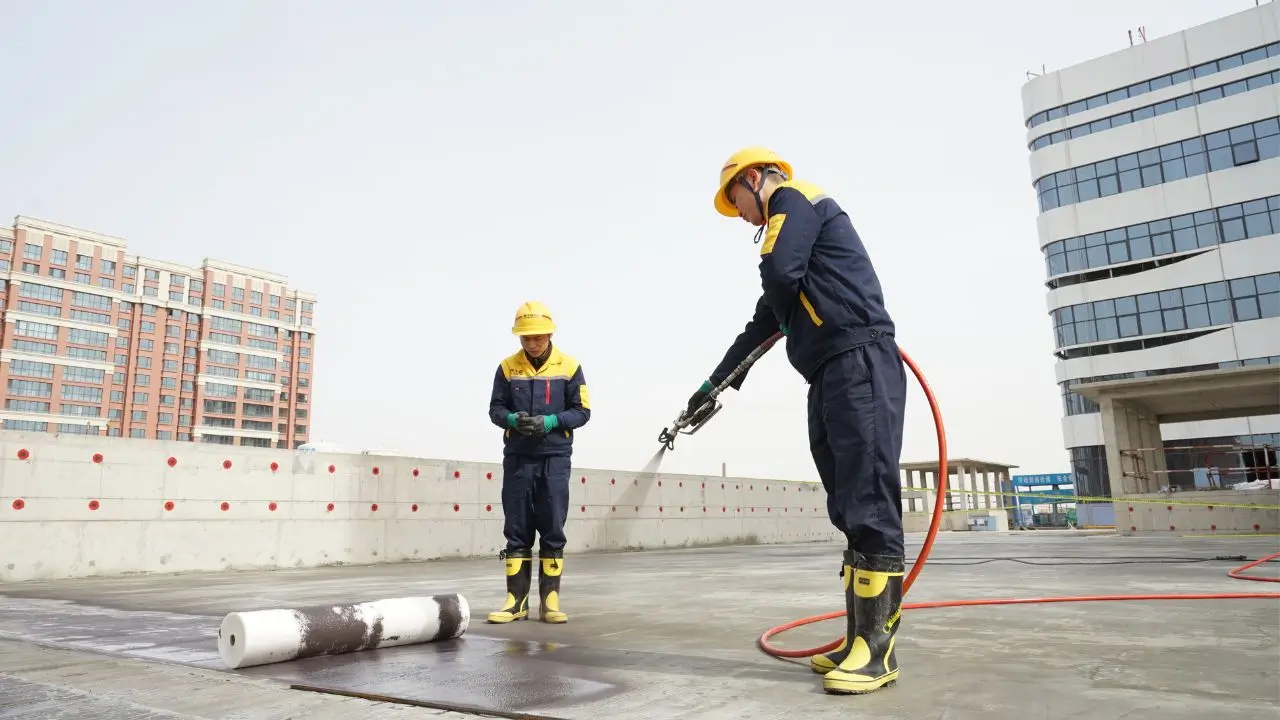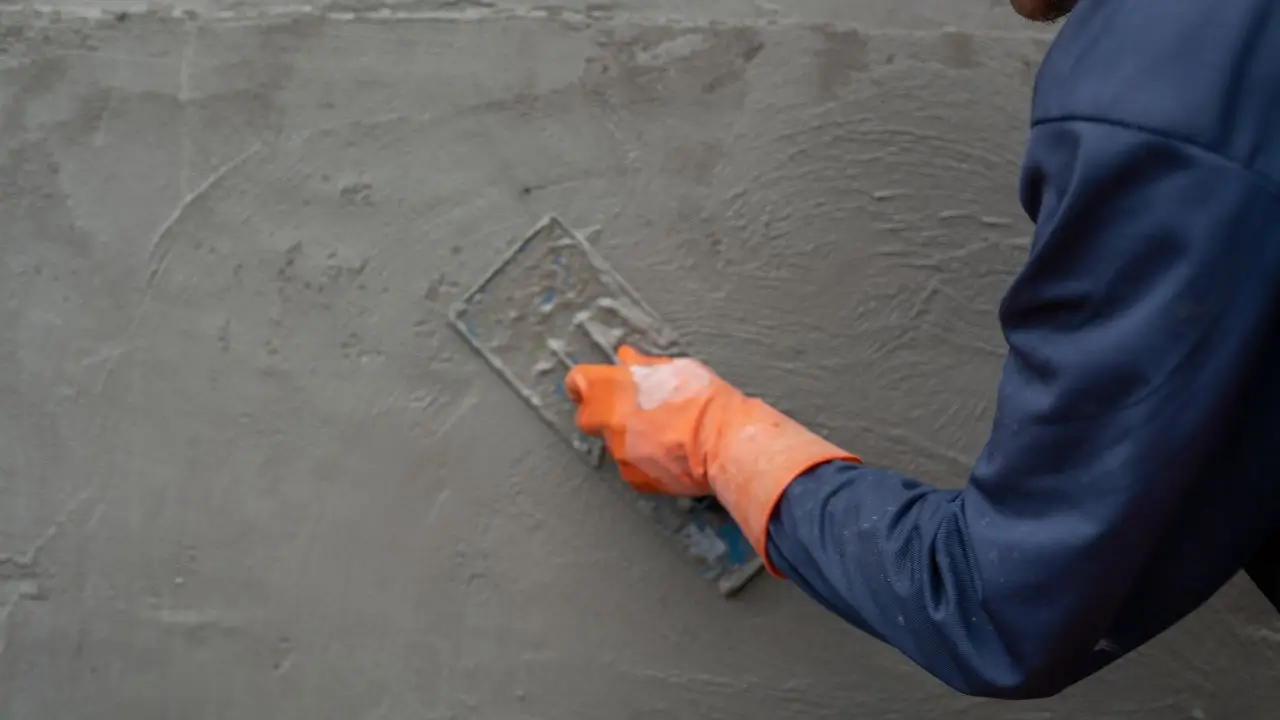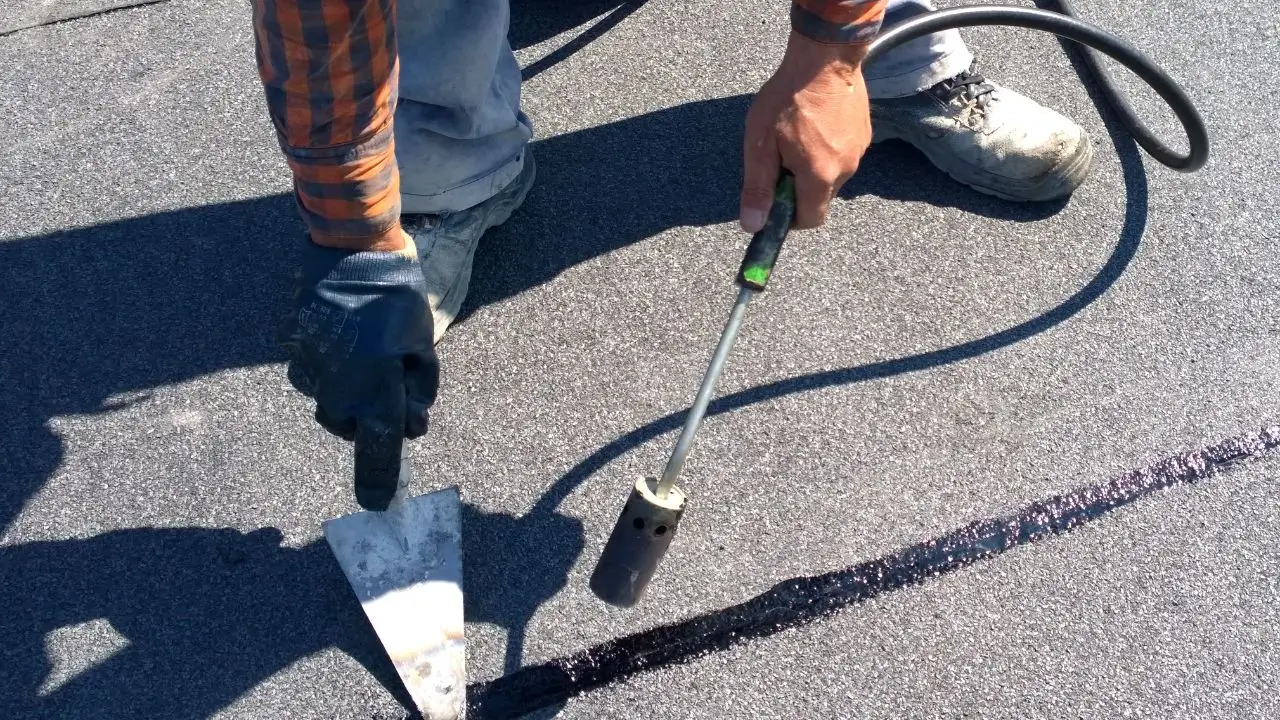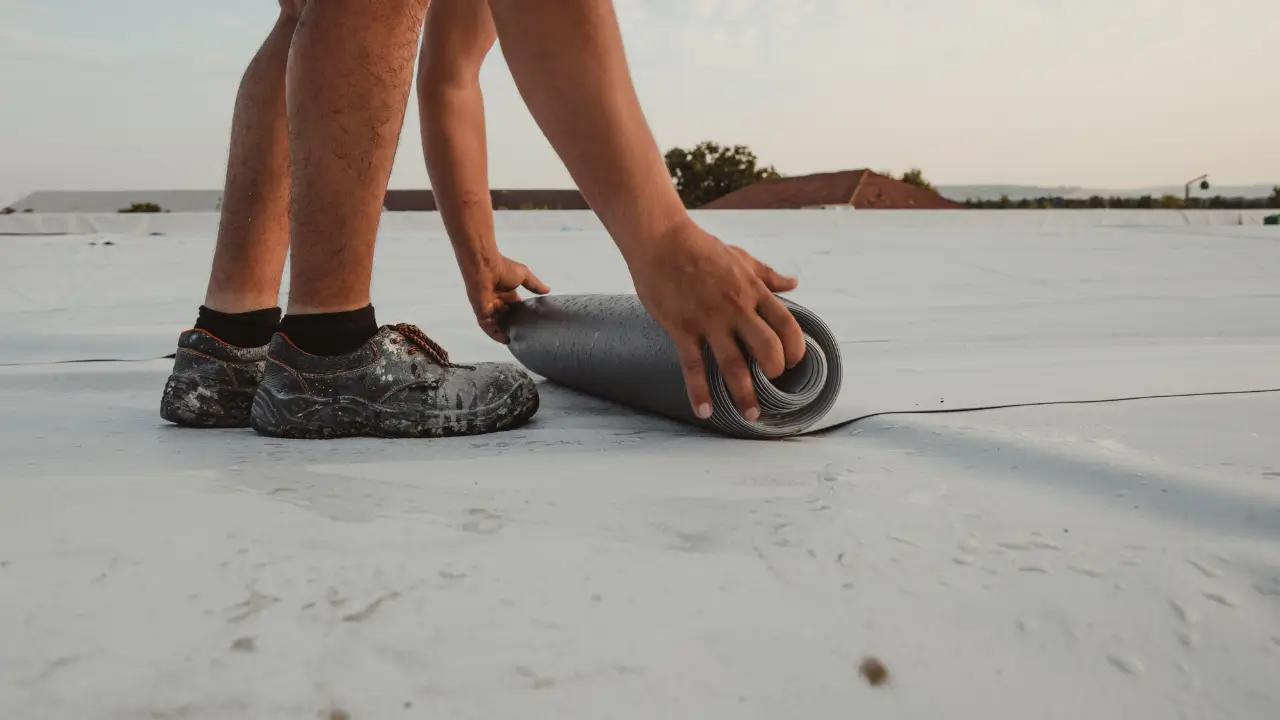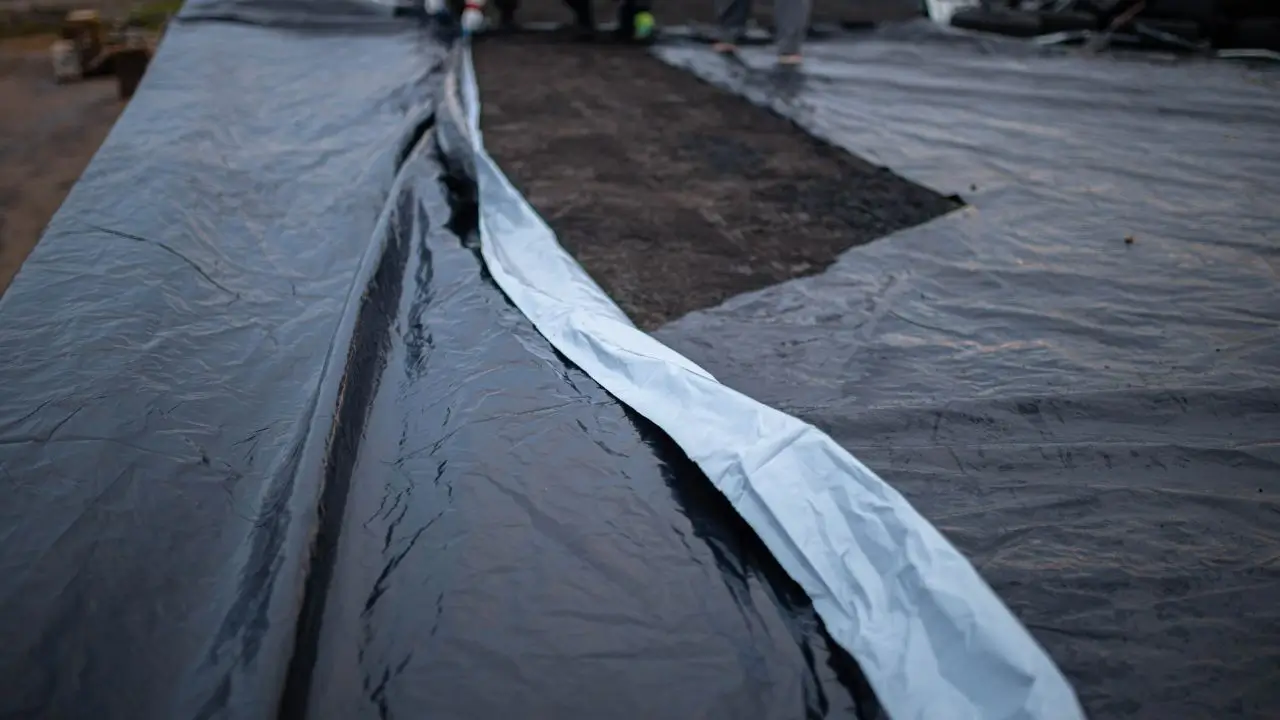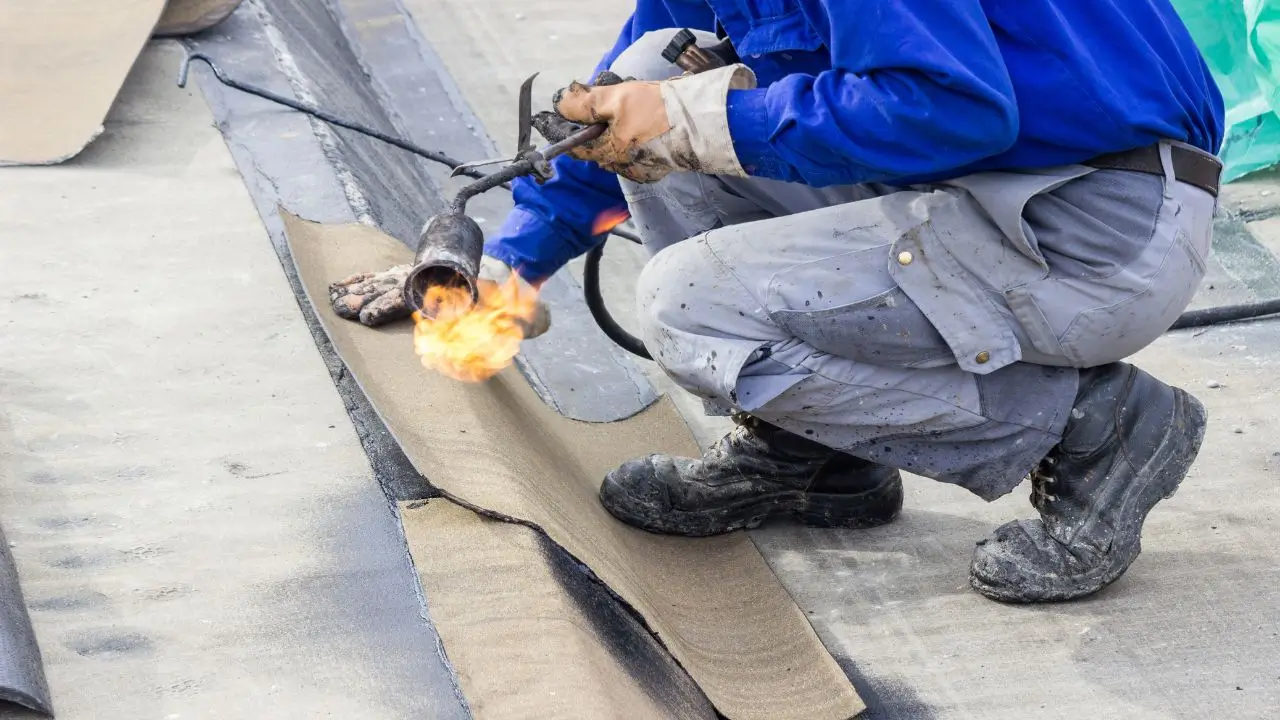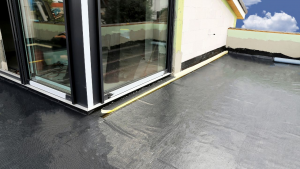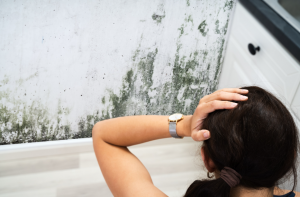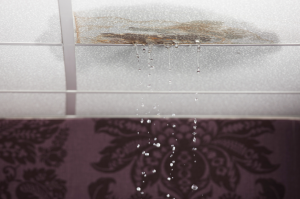All structures are susceptible to durability challenges posed by natural elements like air, water, climate, wind, and humidity.
Without adequate protection from external liquids, a building may experience issues such as deterioration or damage across various surfaces, from the foundation to the exterior.
Waterproofing mitigates these problems. However, many see it as an added expense, especially if their property isn’t prone to flooding.
At Allstar Waterproofing, we have assisted countless clients who have faced damage due to neglecting waterproofing.
Let us help you avoid this mistake with this article, where we’re shedding light on the different waterproofing materials available in Singapore and why it is crucial to waterproof your building surfaces today.
To begin, let’s discuss the processes that go into ensuring that a building is waterproofed successfully.
How waterproofing a build turning works
Waterproofing a building involves several processes that include;
- Identifying vulnerable areas like basements, roofs, walls, and foundations
- Preparing surfaces by cleaning and repairing
- Selecting appropriate materials, such as sealants and membranes
- Evaluating the moisture content of the concrete structures, such as the concrete slab, to prevent any de-bonding or peeling
- Applying these materials to create a protective barrier against water infiltration
Special attention is given to sealing joints and integrating with drainage systems to ensure effective water diversion.
Curing and drying of applied materials are crucial, and regular maintenance is recommended to uphold the waterproofing integrity over time.
Common types of waterproofing materials used in Singapore
Liquid Applied Membrane Waterproofing
Liquid applied membranes offer a versatile solution for protecting structures from water damage.
Available in water-based and solvent-based formulations, these membranes can consist of acrylic, polyurethane (PU), hybrid PU, modified bitumen, epoxy-based, and urethane.
They provide seamless barriers against water infiltration, offering excellent adhesion, durability, and flexibility and are engineered to withstand extreme weather conditions and substrate movement.
These liquid coatings are commonly used on roofs, balconies, and other horizontal surfaces where a seamless and flexible barrier is crucial.
Polyurethane Waterproofing
Renowned for their versatility and durability, polyurethane coatings are a popular choice for waterproofing surfaces as they create a seamless barrier that adheres tightly to various substrates, including concrete, metal, and wood.
Polyurethane liquid membranes excel in areas with high exposure to UV rays and weathering, such as flat roof areas, balconies, rooftop terraces and outdoor decks.
Cementitious Waterproofing
Formulated with Portland cement and proprietary additives, cementitious waterproofing is prized for its simplicity and effectiveness in protecting concrete structures against water ingress.
Applied as a slurry or mortar, these materials bond chemically with the substrate, forming a crystalline barrier that seals pores and capillaries within the concrete matrix.
Flexible cementitious waterproofing serves as a concealed system, ideal for areas like toilets, balconies, basements, swimming pools, water tanks, and areas with high moisture content, where the waterproofing layer will be hidden beneath screed and tiles. It should not be exposed to the sun before the installation of these materials.
Its key advantage lies in its ability to withstand the stresses and movements in concealed areas, ensuring long-lasting protection against water damage and leaks.
Bituminous Membrane Waterproofing
Bituminous coating, also known as asphalt membranes, has long been a staple in waterproofing applications worldwide.
Composed of layers of bitumen and reinforcements such as fibreglass or polyester, these membranes provide a reliable and robust solution in areas where a high level of waterproofing is required, such as below-ground structures, foundation walls and roof systems.
The most common membrane waterproofing materials used for waterproofing flat or low-slope roofs include:
- Modified Bitumen: This membrane, reinforced with modifiers like fiberglass or polyester, is applied using a torch to create a seamless, durable seal.
- PVC Membrane: Known for its durability and resistance to UV radiation and chemicals, PVC membranes are lightweight and easy to install, typically using heat welding or adhesive bonding methods.
- TPO Membrane: Made from a blend of polypropylene and ethylene-propylene rubber, TPO membranes offer excellent resistance to UV radiation and punctures. They are heat-welded during installation for strong, watertight seams.
PVC Membrane Waterproofing
PVC waterproofing makes use of PVC sheets or membranes laid over the substrate and welded or heat-sealed together to create a seamless barrier.
Engineered to withstand the rigour of Singapore’s climate, including high humidity, UV exposure, and temperature fluctuations, this waterproofing system provides decades of reliable protection against water damage.
Amongst the waterproofing materials, PVC is one with a high versatility for various applications, such as roofs and terraces, planter boxes and basements.
6 benefits of waterproofing in buildings
1. Maintains Structural Integrity
Waterproofing creates a protective barrier that shields the building’s structure from issues like:
- water penetration
- deterioration of concrete structures
- rusting of steel reinforcements
- overall structural damage
2. Prevents Moisture-related Issues
Beyond the visible signs of water damage, moisture infiltration can harbour hidden health hazards within buildings. By eliminating the entry of water, waterproofing acts as a frontline defence against moisture-related problems such as mould, mildew, and fungal growth.
This not only maintains the building’s structural soundness but also promotes a healthier indoor environment, reducing the risk of respiratory issues for occupants.
3. Cost Savings
While the upfront investment in waterproofing may seem significant, the long-term cost savings far outweigh the initial expenditure.
Waterproofing prolongs the lifespan of building components and, without potential water-related damages, it minimises maintenance expenses over time.
4. Preserves the Aesthetics of the Building
Water intrusion doesn’t just threaten the structural integrity of buildings; it also poses a significant risk to interior spaces. Therefore, effective waterproofing measures can protect the building’s appearance by:
- preventing water stains and paint peeling on basement walls
- reducing the risk of rust on tools
- other cosmetic issues caused by water infiltration
5. Increases Property Value
Buildings with a history of effective waterproofing are likely to retain their value and appeal to potential buyers, instilling confidence in investors and occupants alike.
Whether selling, leasing, or refinancing, waterproofing enhances the asset value and marketability of buildings in the real estate market.
6. Promotes sustainable building practices
Waterproofing, especially when using eco-friendly materials and methods, aligns with sustainable building practices and contributes to environmental responsibility and resource conservation.
Moreover, resilient structures equipped with robust waterproofing systems are better equipped to withstand the challenges of climate change, ensuring long-term viability and adaptability in the face of evolving conditions.
Proactively Secure Your Property with Allstar Waterproofing!
Whether you’re a developer, a property owner of retail spaces or office buildings, or a homeowner looking to protect your house from dampness and leaks, you will find value in waterproofing your properties.
For your waterproofing needs, enlist our specialists at Allstar Waterproofing & Services for proven and tested waterproofing solutions.
Our waterproofing contractors take the time to understand both the structure and your needs before recommending the waterproofing materials and methods to fix the problem.
Don’t wait for the worst-case scenario to happen; take charge of your property. Contact us for a free consultation or a non-obligation quote today!
